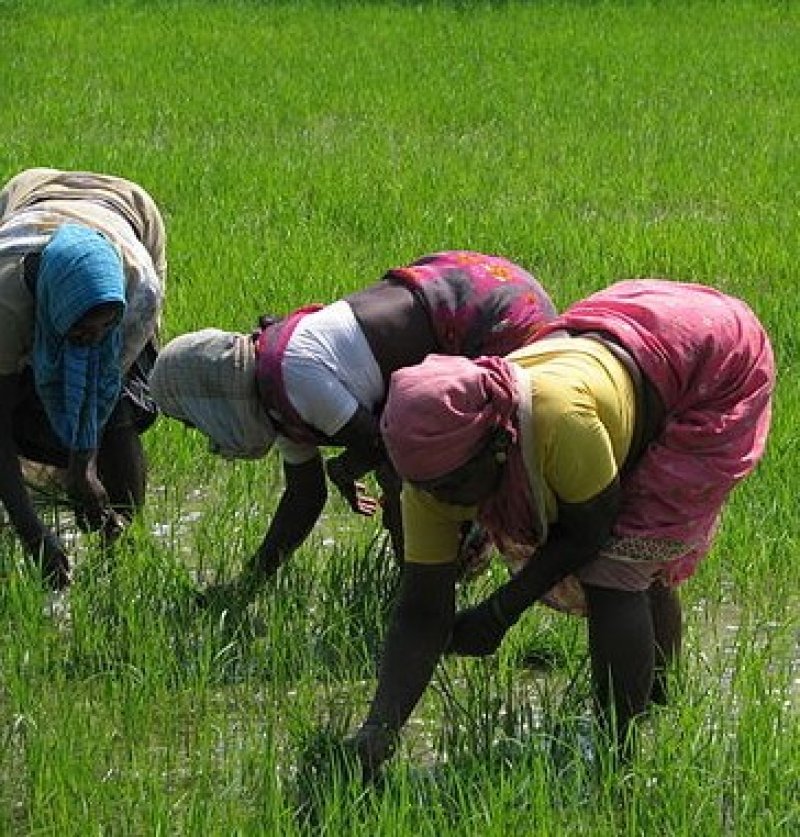The GLP aggregated and excerpted this blog/article to reflect the diversity of news, opinion and analysis.
[Jane] Langdale, a professor of plant development at the University of Oxford, is part of a team of scientists from 12 universities in eight countries working to develop a new strain of hyperefficient, drought-resistant rice known as C4. . . .Over 3 billion people across the globe depend on rice for survival—it’s one of the most widely consumed food crops, providing over one-fifth of the calories consumed by humans worldwide. As populations grow, this demand will increase. . . .
Now this group of scientists from around the world is working to create a strain of hyperefficient rice resistant to the effects of climate change; it produces a greater yield in warmer temperatures while using less water. . . .
. . . [N]atural C4 plants, like corn, are more efficient thanks to the cell structure of their leaves. . . .
If these scientists can replicate the C4 process in a rice plant, the result could be a hypercharged rice with the ability to resist the effects of climate change. . . .
As a result of this increased efficiency, C4 plants also have greater drought resistance. . . .
Researchers are working on identifying the genes in C4 plants responsible for creating the plants’ cell structure and activating the more efficient photosynthetic process. Once these genes are identified, the goal is to figure out how to insert them into the rice genome. Scientists are quietly hopeful of a breakthrough soon; the Massachusetts Institute of Technology named the C4 project one of the “10 Breakthrough Technologies of 2015.” If successful, C4 rice could revolutionize a planet in which a steadily changing climate is putting the world’s food supply at risk. . . .
Read full, original post: Genetically Modified Rice Could Withstand the Ravages of Climate Change































